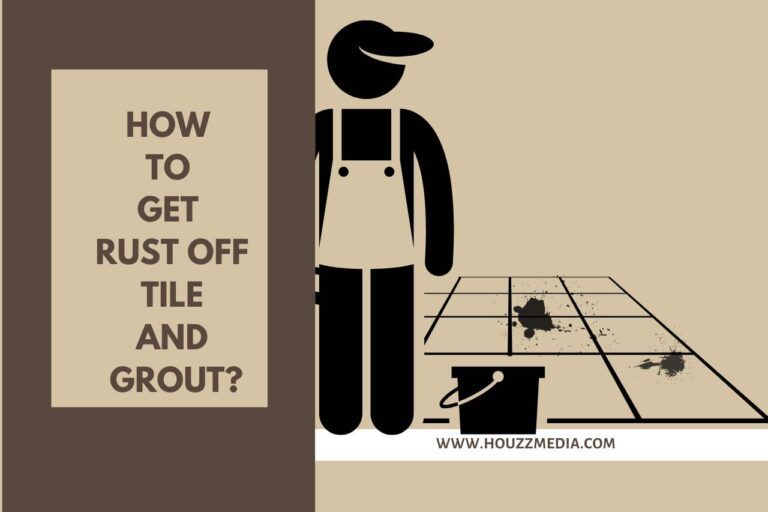How Big Is A Slab Of Granite? All You Need To Know
Have you ever thought of flooring that lasts a lifetime? If you choose granite, it will surely be one of the wisest decisions you have ever made. How big is a slab of granite? This will be a question you meet in the preliminary calculations if you plan the flooring in your house from granite, the prominent in the field.
Granite slabs are also used in outdoor patios and pavements in houses as it is the best tolerant of any heavy rain or boiling sunlight. Granite is a famous star when it comes to kitchen tops. As granite is waterproof and heatproof and does not keep any marks majority warmly welcome a granite countertop for their kitchen with a bonus of elegance. Granite’s durability has made them a remarkable element in house and building design.
What Is Granite?
Granite is an igneous rock (also called magmatic rock, which is formed by the cooling of magma) with the composition of silica as the main element. Also, it contains alumina, magnesia, potassium oxide, calcium oxide, etc. As we discussed, mainly this stone type is used for construction and monumental works because of its durability.
How Big Is a Slab of Granite?
Whether it is a commercial building or a house project, it is important to know how big is a slab of granite, as the desires, the area of the place which the granite touch will be given, and the necessities vary from one to another.
Granite plates come in a range that has a huge diversity. The length and breadth, thickness, and weight of a slab can be taken as factors of clarification. Basically, granite units can be divided into two; Gangsaw-sized and cutter-sized slabs. Let’s identify each one by one.
The size of the final granite slab is determined by the block of the cutter machine that is used to cut it. And also, the size of the granite slabs depends on the size of the large hunk of granite used. The size of the slab cut is parallel to the size of the block.
At first, granite is separated into thick pieces from the mother graphite source, and then they are cut by machines with different blocks to produce granite slabs of different sizes. Another specialty is that the size can be customized according to our choices through the manufacturer.
What Are Gangsaw-sized Granite Slabs?
The cutting utensil used when manufacturing this slab type is the Gang saw machine. It is quite clear how the name has been derived. The Gang saw machines might be multi-wire or multi-blade. Gang saw slabs are in the average sizes of 5’ -10’. The height may vary between 5’ and 6’ while the length may consist of somewhere between 10’ and 12’.
Usually, the thickness of a gangsaw granite slab is 2 cm or 3 cm.
What Are Cutter-sized Granite Slabs?
These are of two kinds. Generally, cutter-sized slabs are smaller in size than the Gang saw slabs as the same price is also at low rates than the first type we discussed. Both variations of cutter-sized granite slabs are handy to manage at work. When the block used is the same, the final product (cutter-sized slabs) is also similar in size.
Therefore, when purchasing, try to buy from the same block or entire block, as there may be changes if you buy from two different blocks.
Now, look at the following types of cutter-size slabs cut by machines with different blocks.
-
Big cutter slab
Graphite, which has been cut by a multi-blade cutter, makes big cutter slabs. One plate is about 51.18’ in height. The length falls in the range of 90.5’- 130’. Big cutter granite slabs come in three contrasting thicknesses. Those are 1.8 cm, 2 cm, and 3 cm.
-
Small cutter slab
Kitchen tops are often made up of this granite type. A small multi-blade cutter is used here. Here, the mass-produced slabs are 25.5’-39.5’ in height and 70.8’- 130’ in length. Small cutter slabs come in four contrasting thicknesses 1.6cm, 1.8 cm, 2cm, and 3 cm.
The thickness of the granite slab is a feature that decides the suitability of a set of slabs for a certain place. The thickness categorization is also of two elements. But we can order our preferable thickness as a custom-made order directly from the supplier rather than cutting and adjusting the thickness. The typical thicknesses of granite slabs are,
- The thickness of 1 inch to an inch. These can be used in kitchen tops.
- The thickness of an inch. These are commonly used to fulfill bathroom requirements.
There is no exact standard thickness to be used. But you must be careful not to choose slabs under 18 mm of thickness when you are intended for flooring or making a new countertop in your kitchen. The price of the granites may vary according to the thickness.
When moving on to the weights of each, the first type is the highest weighed one. Usually, a slab weighs about 19pounds per square foot. The other one, or the less thickened type, weighs nearly 13 pounds per square foot.
Which Flooring is Best for Your Home, Marble or Granite?
Well, it is a common belief in society that marbles are the best out of floorings, but when it comes to durability, no one can beat granite. Granite does not need maintenance updates as frequently as a marbled floor. According to these circumstances, granite can undoubtedly be named as worth money.
Is it Cheaper to Buy a Slab of Granite?
When compared to the other stone slabs, granite is less expensive, and as we have discussed earlier, granite is worth the money.
Wrap up
We have discussed that the size, weight, and thickness of granite slabs vary. In this article, you can find how those differ from others and what makes those differences.
After all, granite comes in a vast range to select the appropriate measurement that matches the construction that you are going to do with this elegant piece of stone.
Similar Articles:






